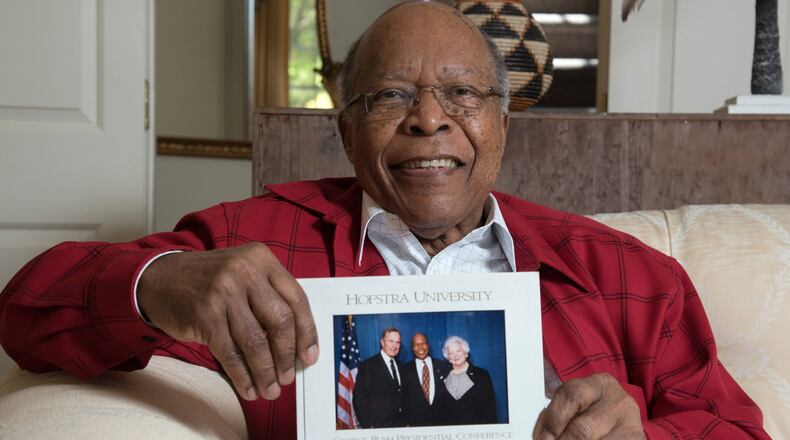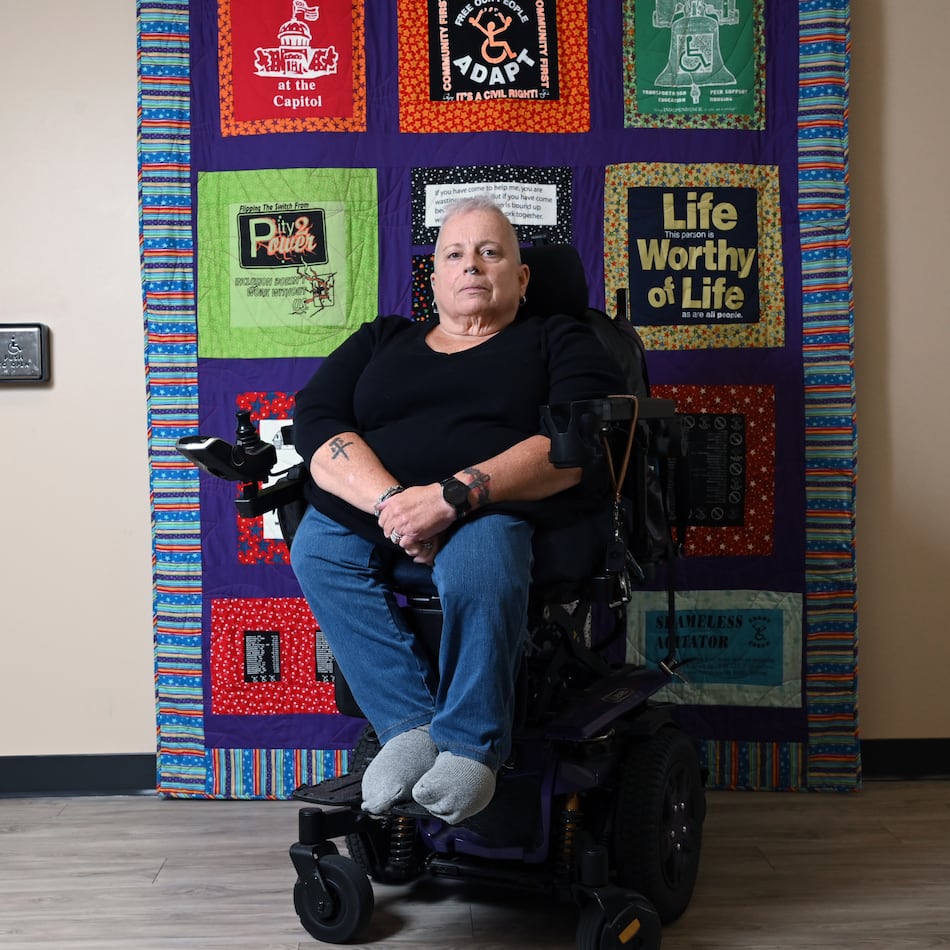The present challenges our nation faces from the coronavirus pandemic have found us inadequately prepared. Our deficiencies include underfunded and understaffed public health programs in our states, territories and tribal lands. The federal response to the coronavirus threat has been slow, insufficient and confusing. The tragic outcomes from this are more illness and more deaths than would have occurred had there been an earlier, more-robust and focused federal response.
In Dougherty County (Albany), Georgia, the highest per-capita rate of COVID-19 deaths in the nation have been reported, according to data from the Georgia Department of Public Health on April 8th. Of 362 deaths in Georgia at that point, 61 were in Dougherty County, followed by 41 in Fulton County. On April 8, some 9,901 confirmed cases of COVID-19 infections had been reported; 1,240 were in Fulton County and 986 in Dougherty County.
Increasingly, data from states including Wisconsin, Michigan, Illinois, and early data from Centers for Disease Control and Prevention (CDC), show that minorities and the poor are affected to a greater extent by the COVID-19 pandemic. For example, in Michigan, where African Americans comprise only 14% of that state’s population, they have accounted for 34% of the COVID-19 infections and 40% of the deaths. In Louisiana, one-third of the population is Black, but 70% of the deaths from COVID-19 have been Black.
Blacks have higher incidences of diabetes, high blood pressure and other diseases which increase their vulnerability to COVID-19 infections. Also, a higher percentage of Blacks work in lower-paying service jobs such as home care, delivery services, and other occupations where there is less opportunity for working from home. With generally lower incomes, many Blacks live in housing where it is more difficult for the social distancing recommended by public health officials.
More frequent trips to the supermarket may be necessary among Blacks because their lower incomes are not sufficient to buy groceries for a longer period. All of these factors increase the vulnerability of Blacks for infection by the coronavirus.
When we examine the human and economic impacts of a public health crisis such as the COVID-19 pandemic, it is clear that there is a strong correlation. Investing in the development and maintenance of a stronger public health system for our nation – in all 50 states, our territories and tribal lands, would be the beginning of a positive, logical response to this crisis. Educational programs to improve the health literacy and health behavior of our populations are also needed, so individuals can improve their health status. Reducing the educational costs for students pursuing a career in the health professions will support efforts to increase the racial and ethnic diversity of our doctors, nurses, and other health professionals. Lower educational debt will allow more newly graduated health professionals to pursue careers in primary care and to locate their practices in medically underserved rural areas and inner cities.
Strengthening our nation’s public health service, and our state public health programs will result in America being better prepared to plan for, anticipate, and effectively address future pandemics.
The health of our population and the health of our nation’s economy will be much stronger in the future if we begin to make these investments now. The health of America’s people and America’s economic health are both needed to ensure a healthy nation.
Louis W. Sullivan, M.D., is president emeritus, Morehouse School of Medicine and was U.S. Secretary of Health and Human Services, 1989-1993.
About the Author
Keep Reading
The Latest
Featured


